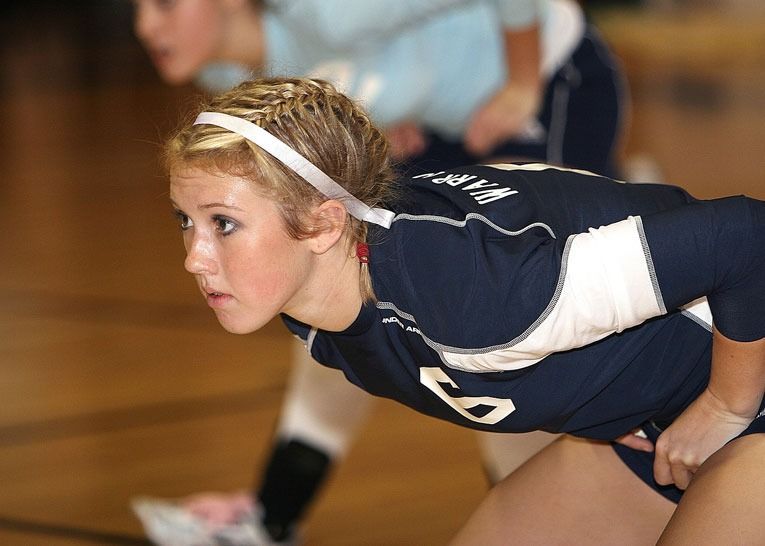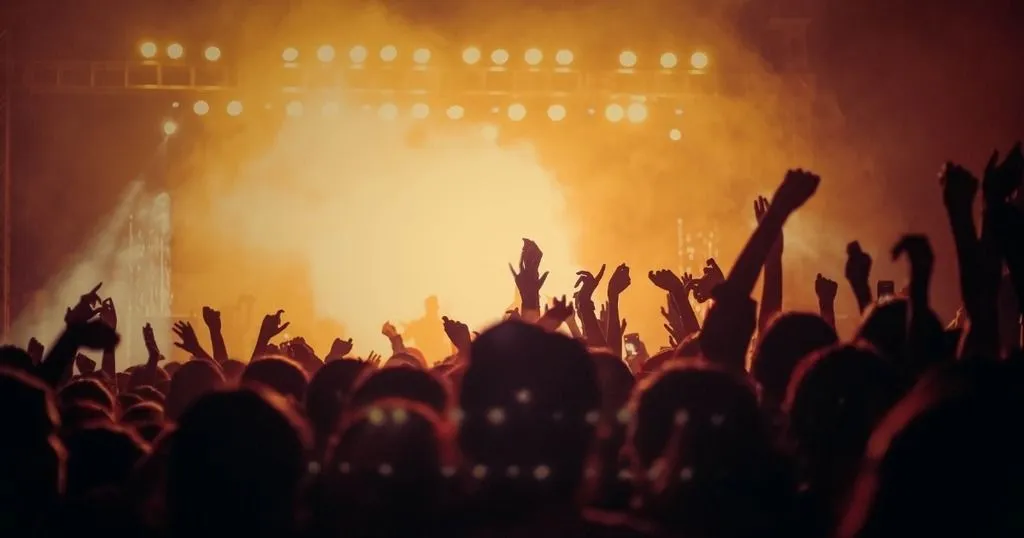Movement analysis in volleyball
Researchers from Aix-Marseille Université and the University of Groningen analyzed match plays to gain insight into the whole-body and arm movements.
Posted by
Published on
Tue 07 Jul. 2015
Topics
| Behavioral Research | Observational Research | Sport | The Observer XT |

When analyzing movement in sports, there is more that matters than the way players handle their rackets or hockey sticks. Observation of the way players move and their response time, overall fitness, body strength, and, of course, the overall team performance all help create a more complete picture. Sports scientists look into effective interplay of team members and actions including on-the-ball behaviors. In team sports, complex tactics and routines can be revealed by detailed behavior analysis.
At the same time, however, it is also important to focus on the individual players in team sports. How does each person move, interact, and balance his/her energy? What can we learn from them?

A volleyball player steps into the ball’s trajectory to pass an oncoming serve, a tennis player crosses the court to hit a return, and a baseball player runs to catch a fly ball. Each of these interceptions requires a team member to move both his/her body and arms.
Niek Benerink and colleagues from Aix-Marseille Université and the University of Groningen were intrigued by these actions and analyzed real match plays of elite-level volleyball players during serve reception to gain insight into the whole-body and arm movements.
This analysis raised the following question: Are arm and foot movements controlled on the same temporal basis?
Video recording volleyball matches
Benerink and colleagues observed and analyzed five international matches of the Netherlands men’s national volleyball team. In order to ensure good video material, the researchers positioned the camera 10 meters behind the court. This provided Benerink with a clear view of the nearest half of the field. Video footage of these matches allowed the researchers to systematically code and analyze 347 different serve reception events.
Event analysis
For each event, the researchers identified the time of the serve and the time of contact, focusing on the moment the feet first moved, the moment the arms first moved, and the moment of passing. Benerink et al. used The Observer XT software in order to accurately analyze all coded behaviors.
All serve-pass events were coded by the same person
Coding reliability was determined by comparing the first coder with two additional researchers. Benerink and his group independently coded 70 serve-pass events from one of the matches. Benerink explained that intraclass correlations for flight times and movement-initiation times of the feet and arms were 0.996, 0.818 and 0.867, respectively, providing numbers upon which an analysis could be confidently built.
Whole-body and arm movements
Benerink’s team concluded that arm and foot movements are controlled on different temporal bases. Their results revealed that movement of the feet and arms of the elite volleyball players were initiated with reference to different temporal key moments of the serve-pass event.
What were the key moments?

Foot and arm movements
The researchers explain that the start of foot movement seemed timed with respect to the moment of serving and the start of arm movement was timed with respect to the moment of ball contact for passing. This knowledge adds to an understanding of the control of intercepting a volleyball serve and might also be helpful in understanding other interceptions in ball sports. Benerink and colleagues indicate that the player needs to prepare for the serve.
However, it’s important to note that the defender has less time to move the whole body for a stable support of arm movements when receiving a jump serve in volleyball than when receiving a float serve.
In-depth behavior analysis
Benerink’s advice is to look into the timing of preparing to receive a jump serve, as it can be important in the design of volleyball practice. The process of passing a serve in an unorthodox way towards the setter so he/she can properly set up the counterattack could be subject to future in-depth behavior analysis.
Future analyses like this one could provide greater insight into specific detailed behavior patterns, not just in volleyball, but in all sports.
Reference
Benerink, N. H.; Bootsma, R. J.; Zaal, F. T. J. M. (2015). Different temporal bases for body and arm movements in volleyball serve reception. Scandinavian Journal of Medicine & Science in Sports, doi: 10.1111/sms.12384.
Related Posts

Location is everything: Measuring visitor behavior

5 Must-read articles to explore human behavior and emotions

